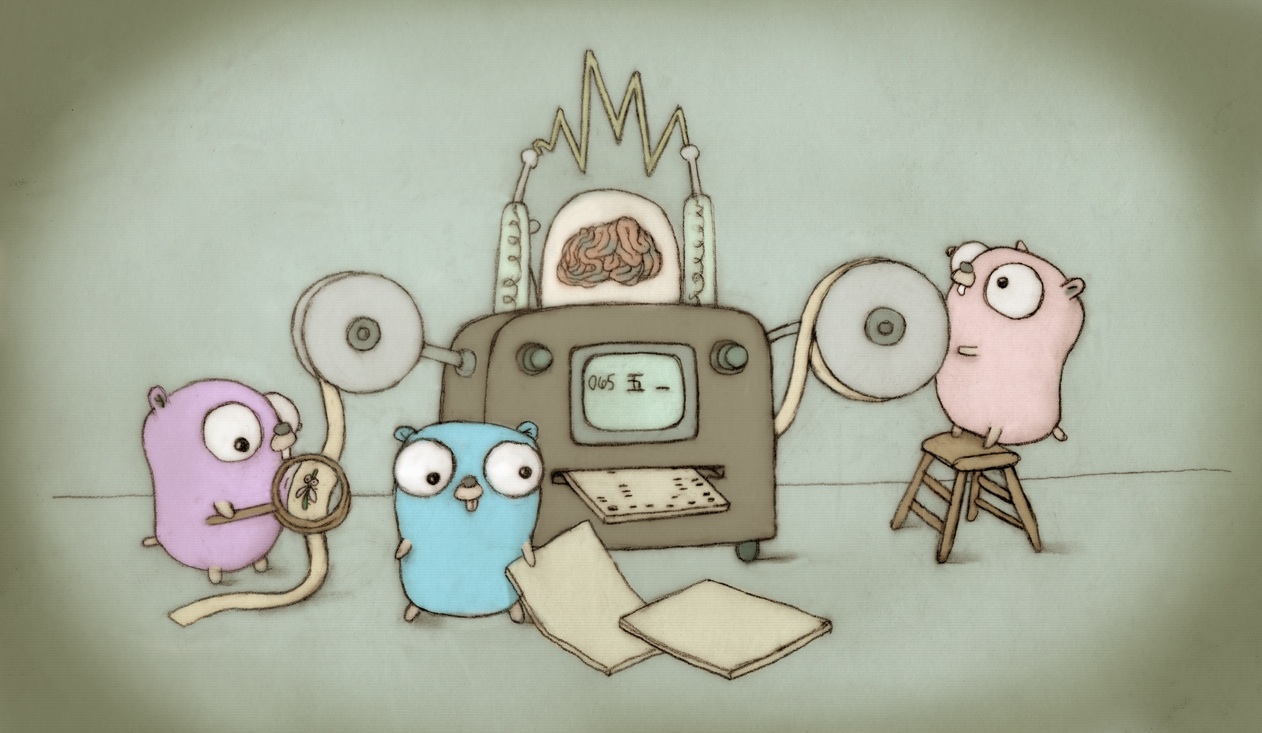Currently, this test allocates many objects and relies on heap-growth scavenging to happen unconditionally on heap-growth. However with the new pacing system for the scavenging, this is no longer true and the test is flaky. So, this change overhauls TestPhysicalMemoryUtilization to check the same aspect of the runtime, but in a much more robust way. Firstly, it sets up a much more constrained scenario: only 5 objects are allocated total with a maximum worst-case (i.e. the test fails) memory footprint of about 16 MiB. The test is now aware that scavenging will only happen if the heap growth causes us to push way past our scavenge goal, which is based on the heap goal. So, it makes the holes in the test much bigger and the actual retained allocations much smaller to keep the heap goal at the heap's minimum size. It does this twice to create exactly two unscavenged holes. Because the ratio between the size of the "saved" objects and the "condemned" object is so small, two holes are sufficient to create a consistent test. Then, the test allocates one enormous object (the size of the 4 other objects allocated, combined) with the intent that heap-growth scavenging should kick in and scavenge the holes. The heap goal will rise after this object is allocated, so it's very important we do all the scavenging in a single allocation that exceeds the heap goal because otherwise the rising heap goal could foil our test. Finally, we check memory use relative to HeapAlloc as before. Since the runtime should scavenge the entirety of the remaining holes, theoretically there should be no more free and unscavenged memory. However due to other allocations that may happen during the test we may still see unscavenged memory, so we need to have some threshold. We keep the current 10% threshold which, while arbitrary, is very conservative and should easily account for any other allocations the test makes. Before, we also had to ensure the allocations we were making looked large relative to the size of a heap arena since newly-mapped memory was considered unscavenged, and so that could significantly skew the test. However, thanks to the fix for #32012 we were able to reduce memory use to 16 MiB in the worst case. Fixes #32010. Change-Id: Ia38130481e292f581da7fa3289c98c99dc5394ed Reviewed-on: https://go-review.googlesource.com/c/go/+/177237 Reviewed-by: Brad Fitzpatrick <bradfitz@golang.org> |
||
|---|---|---|
| .github | ||
| api | ||
| doc | ||
| lib/time | ||
| misc | ||
| src | ||
| test | ||
| .gitattributes | ||
| .gitignore | ||
| AUTHORS | ||
| CONTRIBUTING.md | ||
| CONTRIBUTORS | ||
| favicon.ico | ||
| LICENSE | ||
| PATENTS | ||
| README.md | ||
| robots.txt | ||
The Go Programming Language
Go is an open source programming language that makes it easy to build simple, reliable, and efficient software.
 Gopher image by Renee French, licensed under Creative Commons 3.0 Attributions license.
Gopher image by Renee French, licensed under Creative Commons 3.0 Attributions license.
Our canonical Git repository is located at https://go.googlesource.com/go. There is a mirror of the repository at https://github.com/golang/go.
Unless otherwise noted, the Go source files are distributed under the BSD-style license found in the LICENSE file.
Download and Install
Binary Distributions
Official binary distributions are available at https://golang.org/dl/.
After downloading a binary release, visit https://golang.org/doc/install or load doc/install.html in your web browser for installation instructions.
Install From Source
If a binary distribution is not available for your combination of operating system and architecture, visit https://golang.org/doc/install/source or load doc/install-source.html in your web browser for source installation instructions.
Contributing
Go is the work of thousands of contributors. We appreciate your help!
To contribute, please read the contribution guidelines: https://golang.org/doc/contribute.html
Note that the Go project uses the issue tracker for bug reports and proposals only. See https://golang.org/wiki/Questions for a list of places to ask questions about the Go language.